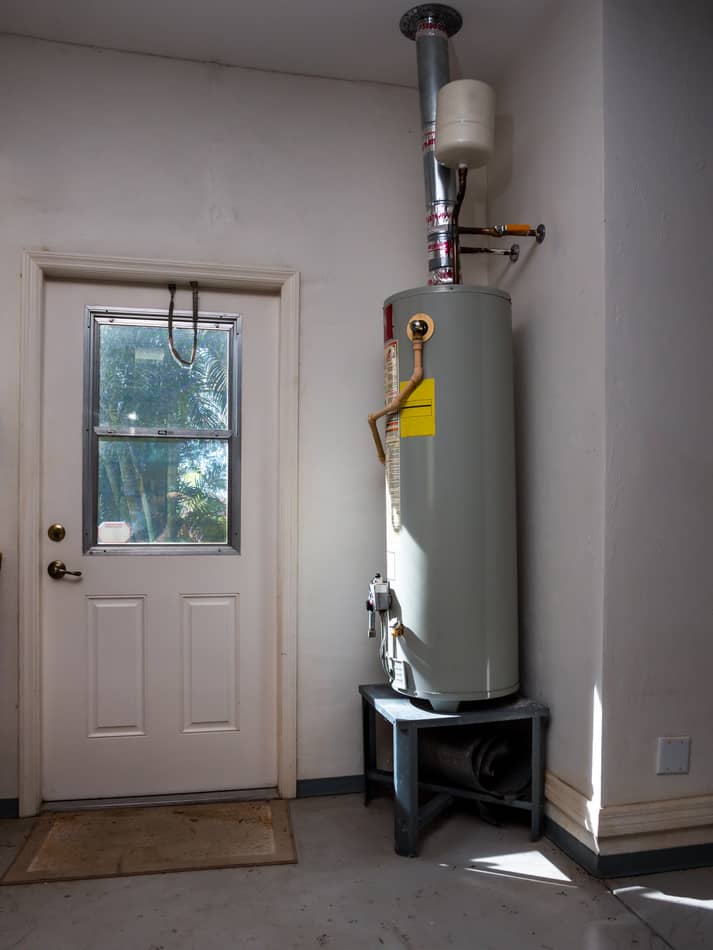Making Sure Durability of Your Home's Hot Water System: Maintenance Tips
Making Sure Durability of Your Home's Hot Water System: Maintenance Tips
Blog Article
Nearly everybody may have their own opinion when it comes to How to Maintain a Hot Water Heater in a Few Simple Steps.

Warm water is important for day-to-day comfort, whether it's for a rejuvenating shower or cleaning dishes. To guarantee your warm water system runs effectively and lasts much longer, regular maintenance is vital. This short article supplies practical suggestions and insights on exactly how to keep your home's hot water system to prevent disturbances and costly repair work.
Intro
Keeping your home's warm water system might seem overwhelming, but with a few basic steps, you can ensure it operates efficiently for several years to come. This guide covers whatever from recognizing your warm water system to DIY maintenance ideas and recognizing when to call in professional assistance.
Value of Keeping Your Warm Water System
Normal upkeep not just expands the lifespan of your hot water system but also guarantees it runs successfully. Overlooking maintenance can lead to reduced performance, higher energy expenses, and also early failing of the system.
Indicators Your Warm Water System Needs Maintenance
Knowing when your hot water system requires interest can stop significant concerns. Look out for indicators such as irregular water temperature level, unusual noises from the heating unit, or rustic water.
Flushing the Water Heater
Flushing your hot water heater eliminates sediment accumulation, enhancing effectiveness and extending its life.
Checking and Replacing Anode Rods
Anode rods avoid rust inside the tank. Examining and replacing them when worn out is crucial.
Facility Issues Requiring Specialist Aid
Examples include major leakages, electric issues, or if your water heater is regularly underperforming.
Routine Specialist Upkeep Advantages
Professional upkeep can consist of detailed examinations, tune-ups, and making sure compliance with safety criteria.
Checking and Changing Temperature Level Setups
Adjusting the temperature level settings ensures optimum performance and safety.
DIY Tips for Maintenance
You can execute a number of maintenance jobs yourself to maintain your hot water system in leading condition.
Looking for Leaks
Regularly examine pipes and links for leaks, as these can result in water damage and greater expenses.
Understanding Your Hot Water System
Prior to diving right into maintenance jobs, it's practical to comprehend the basic parts of your warm water system. Usually, this includes the hot water heater itself, pipelines, anode rods, and temperature level controls.
Monthly Upkeep Tasks
Regular regular monthly checks can help catch minor concerns prior to they intensify.
Testing Pressure Alleviation Valves
Testing the stress relief valve guarantees it functions correctly and avoids extreme stress buildup.
Protecting Pipes
Protecting warm water pipelines decreases warm loss and can conserve energy.
When to Call a Professional
While do it yourself maintenance is useful, some problems call for specialist knowledge.
Verdict
Regular upkeep of your home's warm water system is crucial for effectiveness, long life, and expense savings. By following these ideas and understanding when to seek specialist assistance, you can ensure a reliable supply of hot water without unforeseen interruptions.
How to Maintain an Instant Hot Water Heater
Before tinkering with your hot water heater, make sure that it’s not powered on. You also have to turn off the main circuit breaker and shut off the main gas line to prevent accidents. Also turn off the water valves connected to your unit to prevent water from flowing into and out of the appliance. 2. When you’re done, you have to detach the purge valves’ caps. These look like the letter “T†and are situated on either side of the water valves. Doing so will release any pressure that has accumulated inside the valves while at the same time avoid hot water from shooting out and burning your skin. 3. When the purge valves’ caps are removed, you have to connect your hosing lines to the valves. Your unit should have come with three hoses but if it didn’t, you can purchase these things from any hardware or home repair shops. You can also get them from retail stores that sell water heating systems. Read the user’s manual and follow it to complete this task properly. When the hosing lines are connected, open the purge port’s valves. 4. You should never use harsh chemical cleaners or solutions when cleaning your unit. Make use of white vinegar instead. It should be undiluted and you’ll probably use about 2 gallons. 5. Now flush your water heater. This task should probably take about 40 minutes. We can’t give you specific directions for this because the procedure is carried out depending on the type, model and brand of your heater. With that being said, refer to the user’s manual. 6. When you’re done draining the unit, you have to turn off the purge port valves again. Remove the hosing lines that you earlier installed on each of the water valves. Put the valve caps (purge port) back in their respective places and be very careful so as not to damage the rubber discs that are found inside these caps. 7. Now that everything’s back in place, check your user’s manual again to find out how to reactivate your water heating system. 8. Once it is working, turn one of your hot water faucets on just to let air pass through the heater’s water supply pipes. Leave the tap on until water flows smoothly out of it. https://www.orrplumbing.com/blog/2014/september/how-to-maintain-an-instant-hot-water-heater/

I stumbled upon that piece on Water Heater Maintenance Tips You Can't Afford to Forget when exploring the search engines. Be sure to take the opportunity to promote this blog if you liked it. We thank you for your readership.
Request A Quote Report this page